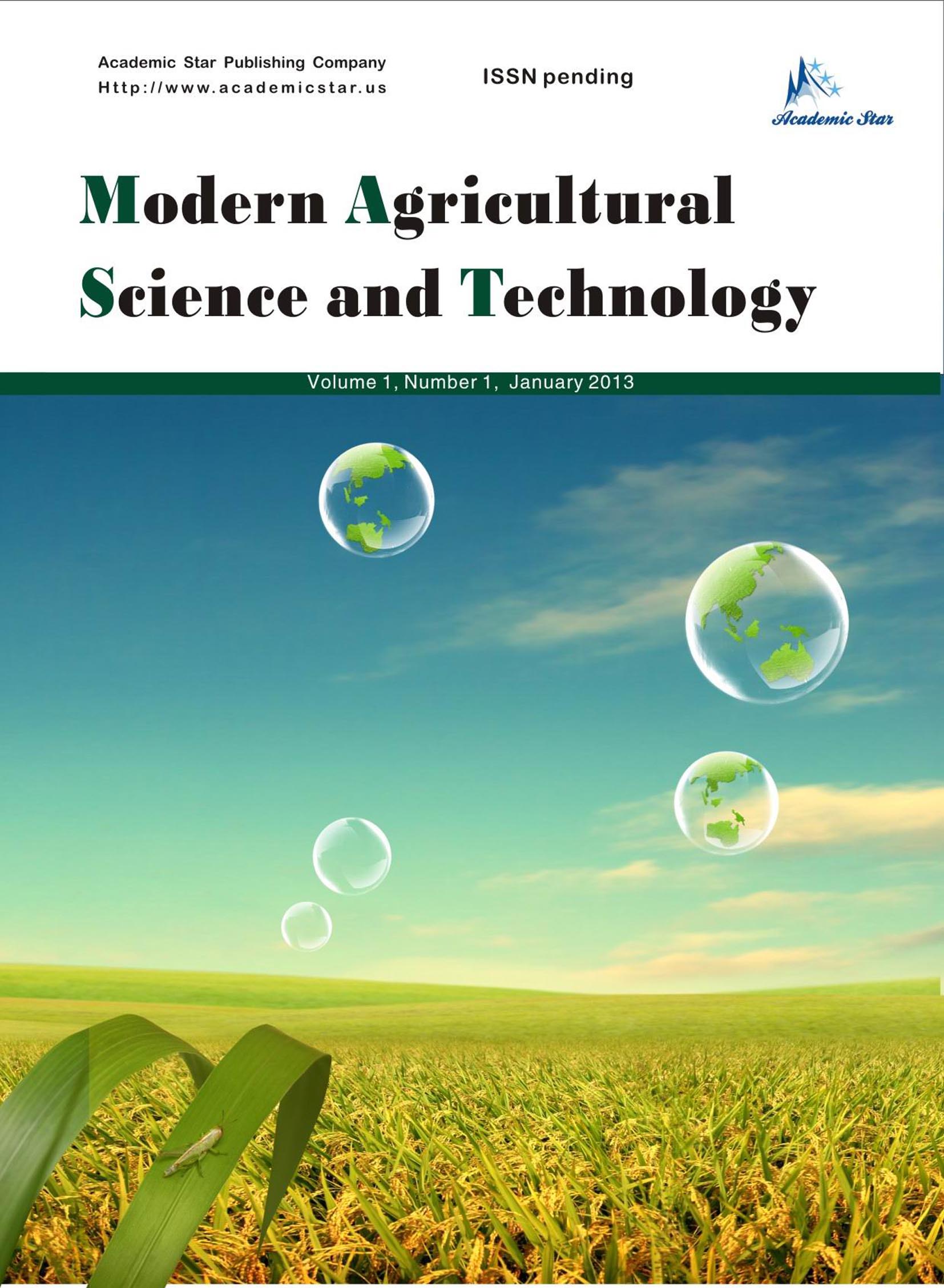Technology and Engineering

- ISSN: 2375-9402
- Modern Agricultural Science and Technology
Measures of Aflatoxins Contents in Peanut Pastes and
Grains Sampled in Burkina FASO
Amos Miningou1, Sy Appolinaire Traore1, and Omar Traore2
1. Laboratoire de Phytopathologie, INERA/Kamboinsé
2. Laboratoire de Virologie, INERA/Kamboinsé
Abstract: The peanut (Arachis hypogaea L.) remains one of the main oleaginous crops cultivated in Burkina Faso and a basic product very appreciated in the Western Africa. However, the presence of aflatoxins in peanut seeds and pastes constitutes a risk of public health hazard and by this way limits its marketing mostly in the European market. Sixty (60) samples of peanut paste (ten (10) per market) have been taken from women transformers of six (6) major markets in the Eastern area of Ouagadougou notably Dassasgho, Bendogho/Wayalghin, Katr Yaar, Zone I, Nabii Yaar and Zogona Yaar. These samples were conditioned and kept at -4°C, then analyzed at INERA-Kamboinsin Phytopathology lab according to ROMERLABS’ ELISA AgraQuant method 1-20 ppb. The analyses show strongly contaminated samples by aflatoxins. The values range from 1,3ppb to 649,1ppb. Markets with the highest contents are Nabii Yaar Market, Dassasgho Market and Zogona Market with respective average levels of 152,78 ppb; 79,83 ppb and 63,77 ppb. Those with lowest contents are Katr Yaar Market (15,15 ppb) and Zone I Market (10,13 ppb). Out of the 60 samples, 6 meet European standards and 24 American standards.
As for peanut seeds samples collected from the farmers at Pissila Leo and Bogande, the contents vary from 0 ppb to 392,8 ppb and are less contaminated than the pastes. 82 samples meet European standards and 92 American standards.
Key words: peanut, aflatoxins, pastes, seeds, value chain, Burkina Faso






